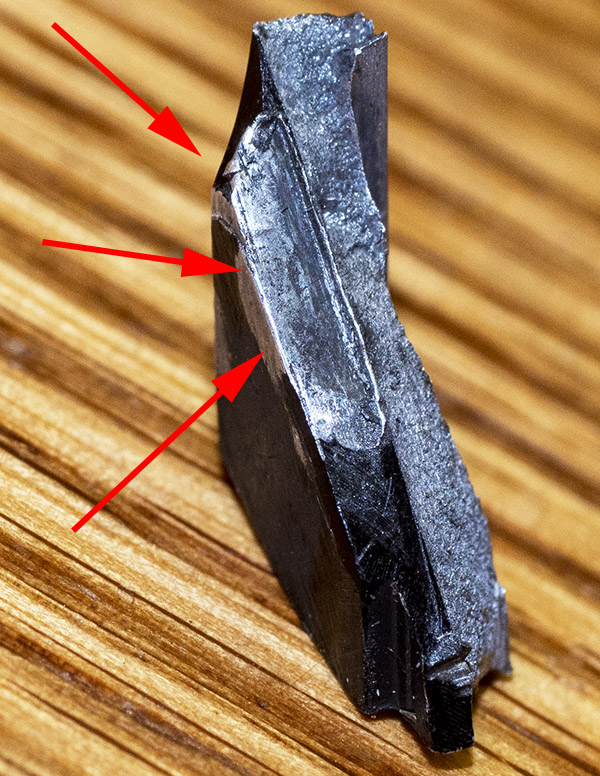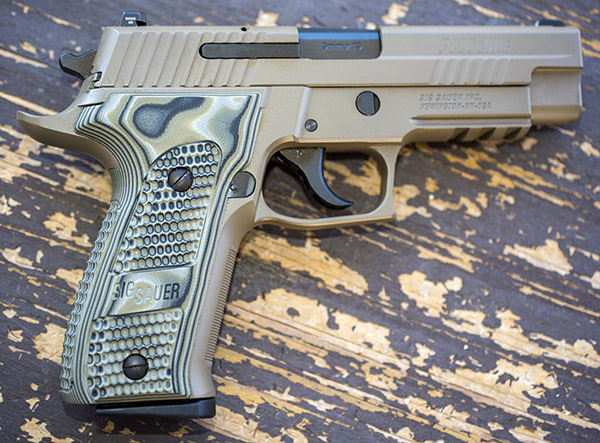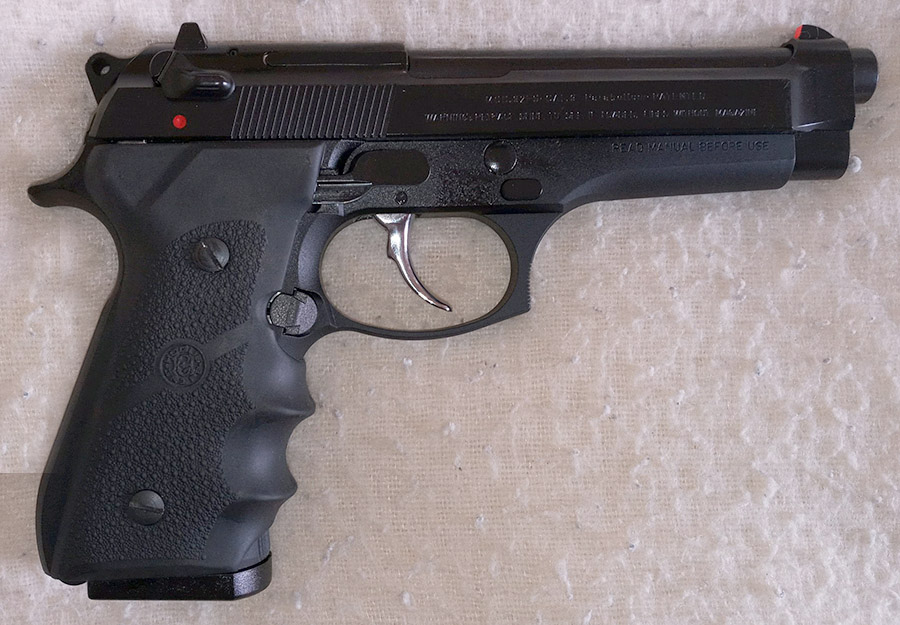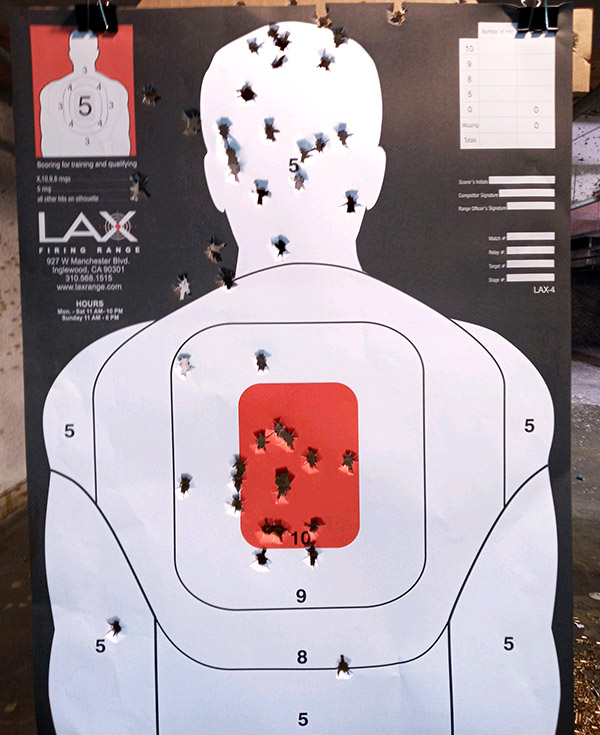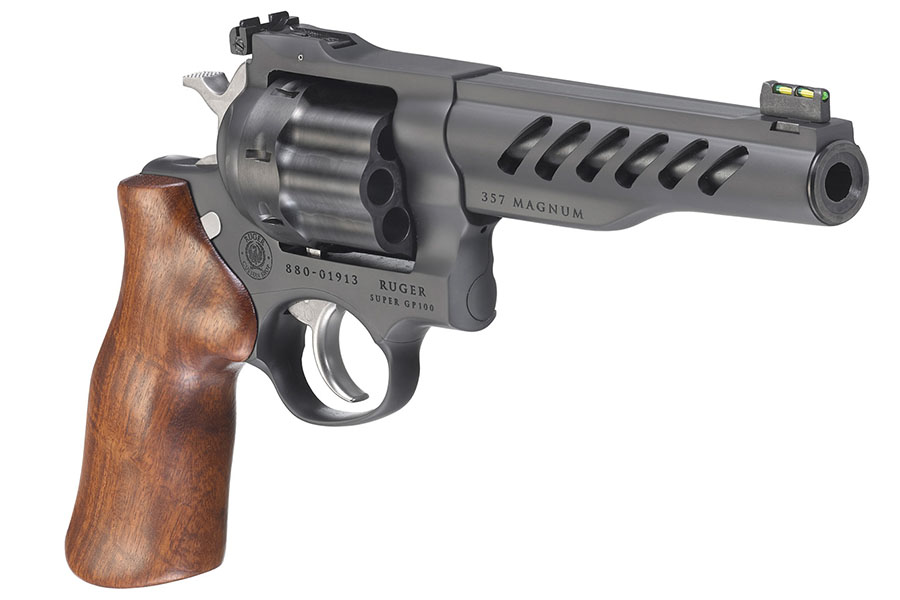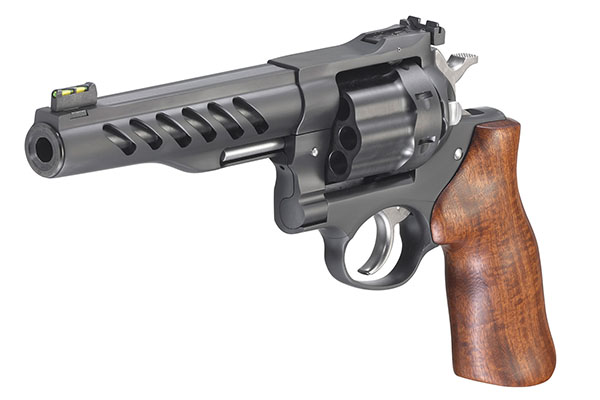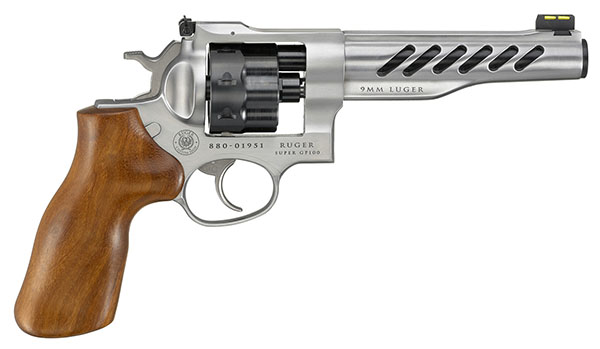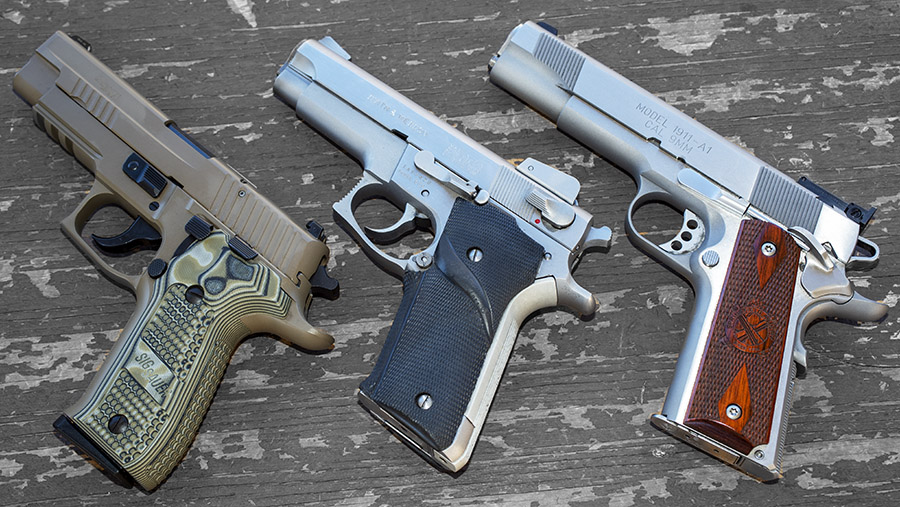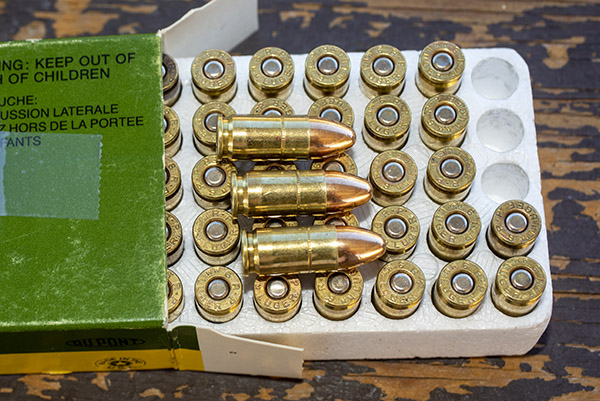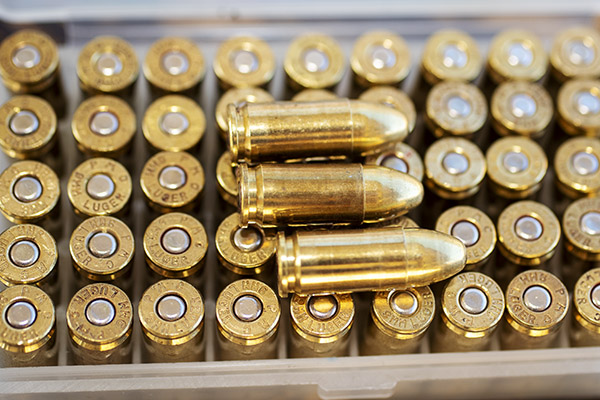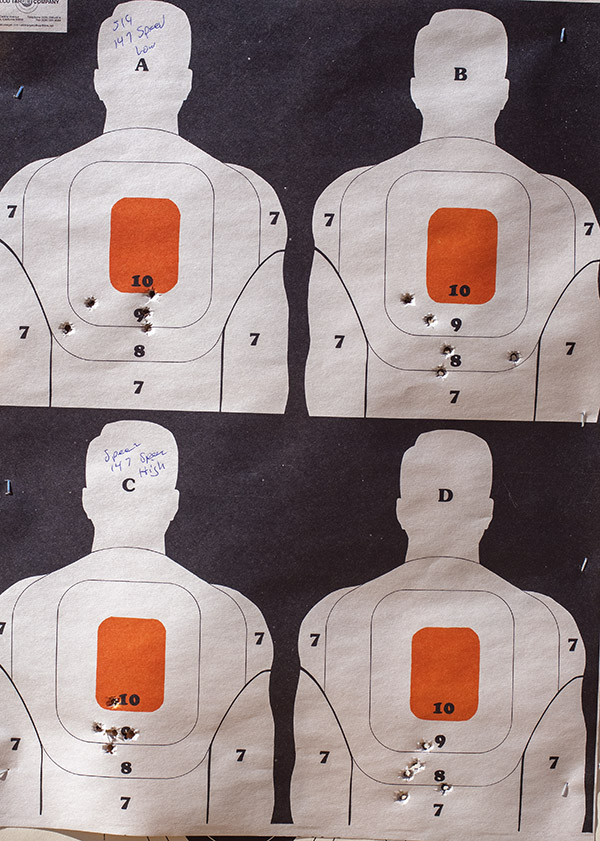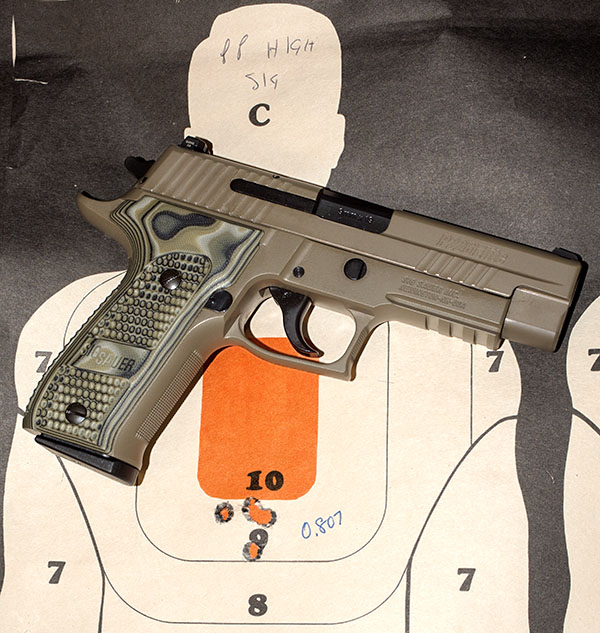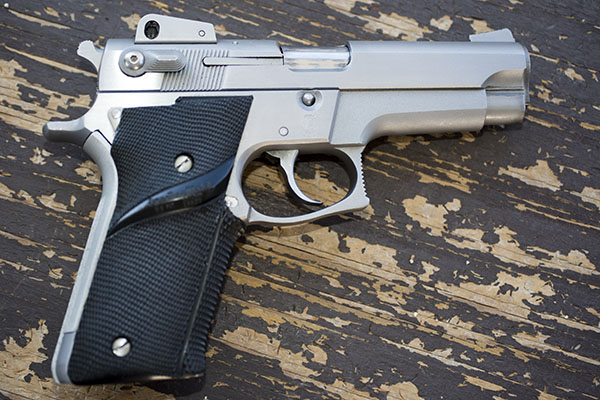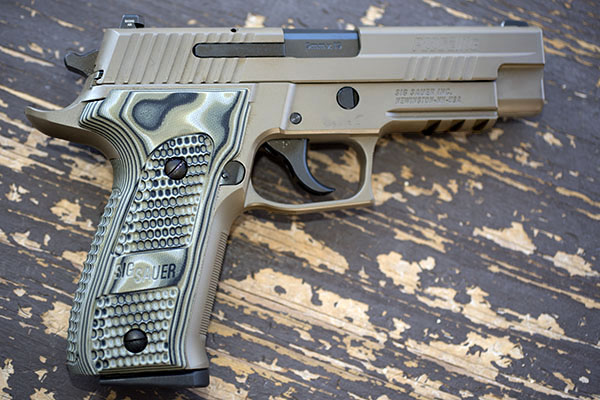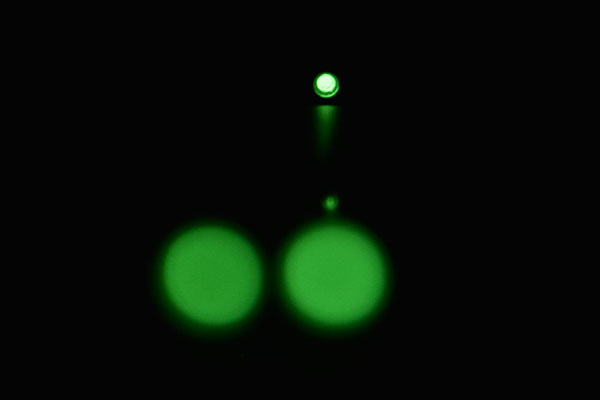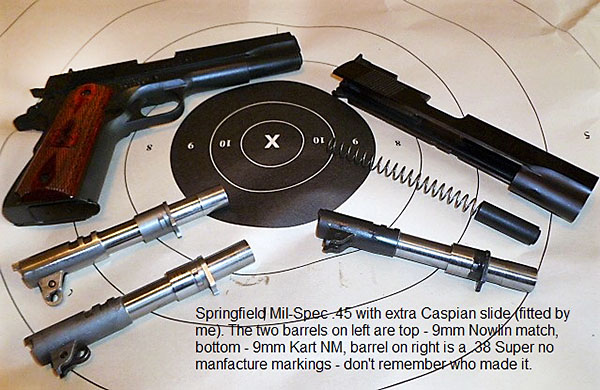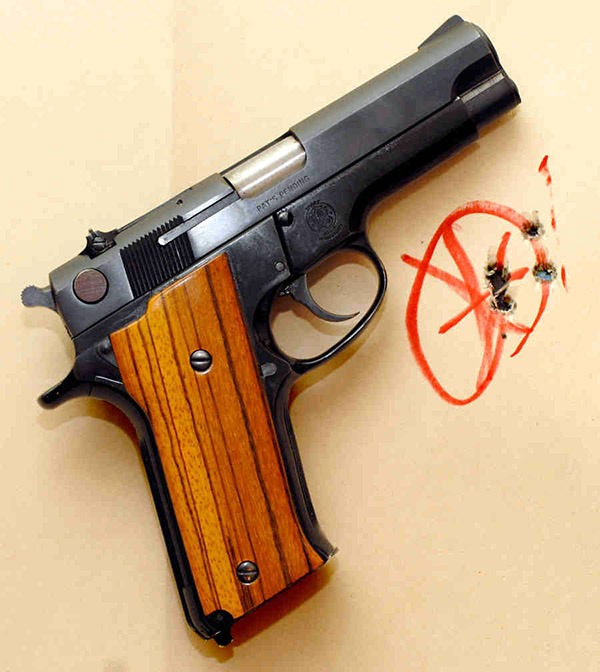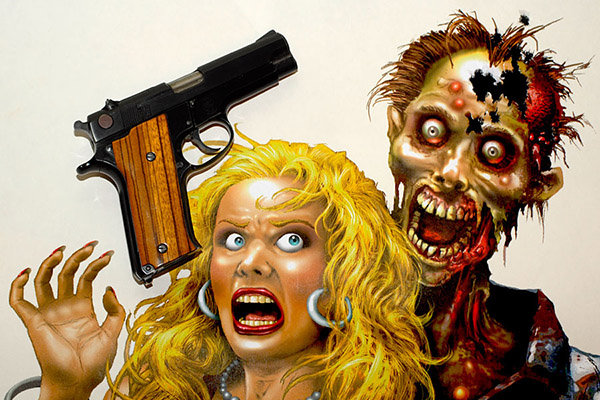Good buddy Robby has been a friend for 30 years. I first met Robby on a consulting gig in Georgia. He’s a fellow engineer, a firearms aficionado, a reloader, and a hell of a shot. Robby and I see each other whenever our paths cross, and more often than not the talk is about guns and reloading. Robby is a competitive pistolero and a hunter, he enjoys a finely-figured bit of walnut as much as I do, and we both appreciate the finer points of Ruger No. 1 and bolt action rifles. Robby shared with me that he recently acquired an FN Hi Power. I asked him if he would do a guest blog for ExNotes and what follows is the well-crafted result.
My grandfather: The man who taught me basically everything I know. Hunting, fishing, archery, how to shoot, how to walk through the woods silently, how to approach anything that needed fixing. Everything. He grew up during the Great Depression, he was a highly decorated recon scout during WW II, he was a cop and a security guard and he retired as a postman. I saw my grandfather as the definition of a man. He owned two handguns, one centerfire rifle (a Model 70 Winchester), a .22 and a very illegal shotgun that he sawed off because his brother split the barrel.
I own one of his handguns (a Colt Detective Special) and I have the .22 and the Model 70. The Colt Detective Special is a fine little snubby with a black paint job because someone let it rust while I was in college. I painted it and took it into my possession.

My younger brother has the other handgun. It is an automatic that my grandfather took from an SS officer after dispatching him in northern Italy. It is the first automatic that I ever saw, held or fired. My grandfather kept it in the car when he delivered mail on the rural route he ran, he took it on camping trips with my brother and me, and he kept it close everywhere he went. He kept it in a holster with the German’s name written on the flap. It was a mystical gun that seemed more like Excalibur to me than some manmade object. I had all of the other firearms, so I was fine with my brother hanging on to Excalibur.

What was this mystical weapon, you ask? Just a fine Belgian copy of John Moses Browning’s “improvement” of the 1911. A 9mm Browning Hi Power, to be exact. The design was unfinished when JMB departed this mortal world, but a Belgian named Dieudonné Saive finished the design and after incorporating a few of Browning’s older patents, created the most widely-issued sidearm in history. Anyway, I am making a short story extremely long.
My brother possessed Excalibur and I needed one for myself. I bought lots of different pistols, including a couple of 1911s, and built a few custom polymer pistols with all the trimmings, but I still didn’t have a Hi Power. I was super excited when I saw Springfield and FN resurrecting the Hi Power, and I was determined to have my own.
Well, after looking for unicorn teeth in the retail shops and online, I was thinking my Hi Power was a pipe dream. The SA and the FN are made of unobtanium and the one I found online was priced accordingly. Before heading off to find The Lady of the Lake, I stopped by a local gun shop to see if I could find a 9mm AR lower. Yes, I have wide and varied tastes when it comes to things that go BANG. The owner and his minions were all tied up, so I decided to window shop a bit. I saw the Hi Power before I made it to the case. I pretended to look at everything else, hoping that no one would notice that Excalibur’s brother was RIGHT THERE in the open!
Once I got the attention of a person employed by this fine establishment, I asked to hold “that one.” “That one” had oversized, red, laminated wood grips that were apparently sized for Andre the Giant and looked much like lipstick on a large sow. I asked the owner if he knew the vintage and he replied that he thought it was a 1980s production gun. The tag affixed to the trigger guard said “consignment” and the price was $1199. That was a quick “nope” from me and I headed back to the truck with no AR lower and no Excalibur.
A week or so later, I ended up at the same shop again after dreaming up some other materials that I might need to finish the AR 9 I started. I asked to hold the Hi Power again. I noticed that it had been marked down $100 and the owner told me that it came with a spare mag and another grip. The red, behemoth handles needed to go, so I was glad to hear there was an immediate option. I still wasn’t keen on paying north of a grand, though. If it had been an actual Browning with that deep Browning bluing, that might have been much harder, but it was a well-worn FN with circus handles and non-OEM sights. It didn’t even have the “artillery” sights that my grandfather’s had. That’s what he called the adjustable-to-500-meter sights that Excalibur wore. I handed it back again and left.


A couple more weeks rocked on, I received my yearly bonus from work, I finished the AR 9, and I couldn’t get the Hi Power out of my head. We were headed that way to pick up one of my daughter’s friends and I decided to stop by and see if I could talk the guy down to $900. I walked in, eyeballed the cases and found it nestled between a couple of other pistols that I didn’t even look at long enough to identify. I asked the guy that offered to help me how much was being asked for the Hi Power this week. He yelled across the shop and asked the owner. $850 was the answer! I holstered my negotiating skills and said, “I’ll take it!”
When I made it back to the truck with it in a plastic grocery bag, I took it out and showed it to my very unimpressed better half. She said,”That is the “gun-est” looking gun I have ever seen…”
I responded, “Exactly, it is beautiful!” And off we went.
I got it home after a few hours of birthday shopping with my 15 year old, her friend and the wife and had to go straight to the yard and shoot my newest acquisition. It did not disappoint! The aftermarket sights are installed properly and are right on the target. The trigger breaks cleanly, there’s no hammer bite, and there were no failures or hiccups of any kind. Perfect…just like I hoped. Except for the furniture. I ordered a set of Hogue hardwood grips in Kingwood after a pretty thorough scouring of the internet in search of something fitting for my wooden desires.
I started my research on the serial number and completely struck out. Apparently, FN is pretty liberal and somewhat random with their numbering system, so I dug deeper. Thumb print on the right side, *S on a couple of parts, internal extractor and the five-digit serial number helped me narrow it down to a 1952 production run.
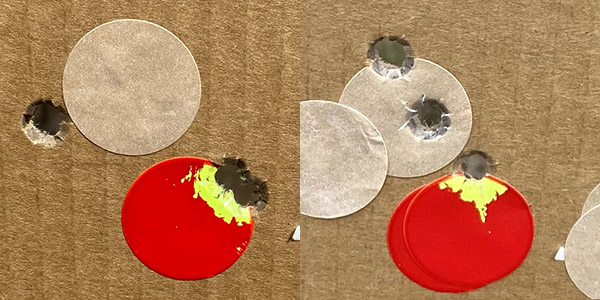
I messaged my brother and asked him to drop Excalibur by so I could compare the two. I shot both and they are equal in all things. Except mystique. Hopefully, in time I will add a bit to mine.
Robby, that’s an awes0me story and a fine-looking pair of Hi Powers. Thanks so much for sharing it with us and our readers. You and your brother are a couple of lucky guys. Always a pleasure to hear from you, my friend, and our best to you and your family.
Help us keep the content coming: Please click on the popup ads!
More Tales of the Gun!
Stay current with our latest articles on guns, motorcycles, watches, books, movies, reloading, bicycles, construction stuff, Jeeps, philosophical ramblings, rants, and more!


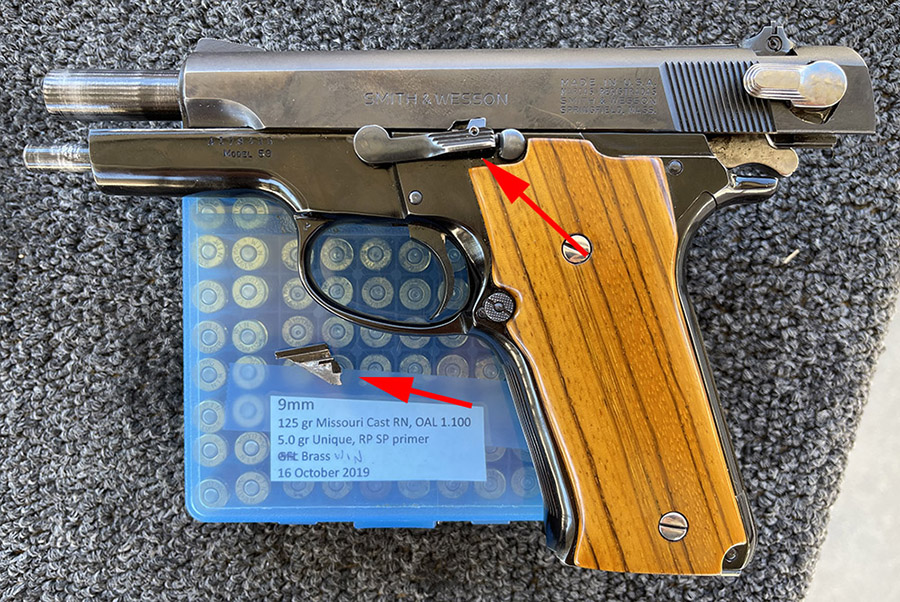
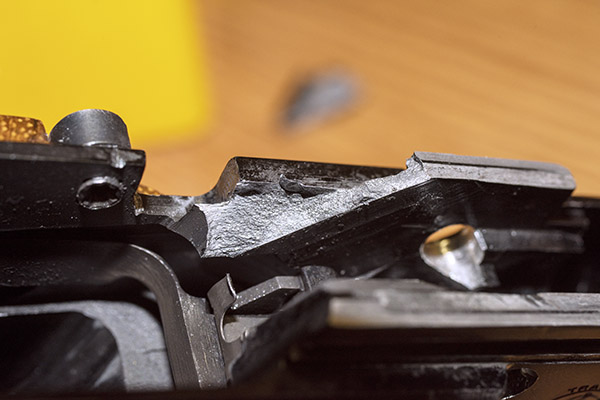
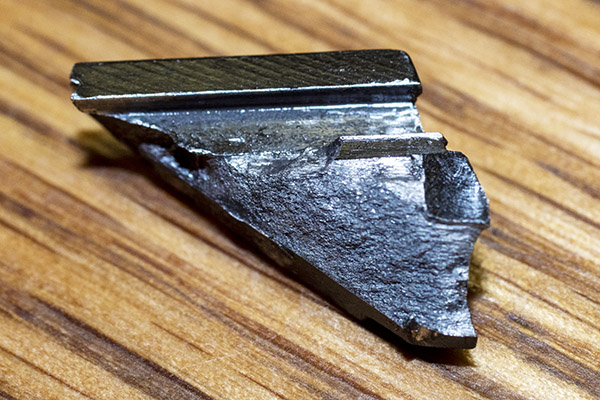
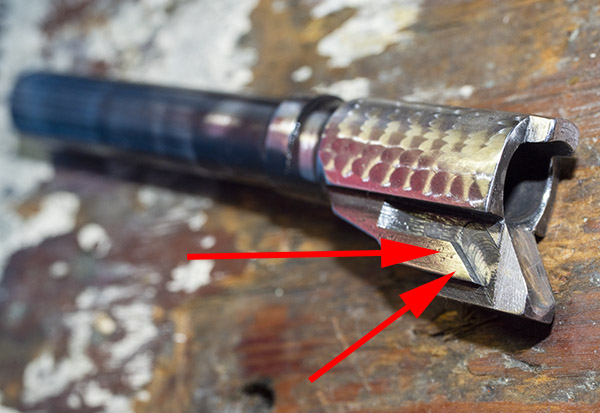 The arrows in the next pic point to the matching right side of the Model 59 frame. Note the worn area. It’s where the barrel ramp contacts the frame ramp when the gun recoils. That ramp (along with the mating ramp on the barrel) drops the barrel slightly to disengage it from the slide when the slide moves to the rear. You can see this area took a beating over the last 50 years. The photo shows the opposite side of the frame, where it didn’t break.
The arrows in the next pic point to the matching right side of the Model 59 frame. Note the worn area. It’s where the barrel ramp contacts the frame ramp when the gun recoils. That ramp (along with the mating ramp on the barrel) drops the barrel slightly to disengage it from the slide when the slide moves to the rear. You can see this area took a beating over the last 50 years. The photo shows the opposite side of the frame, where it didn’t break.
